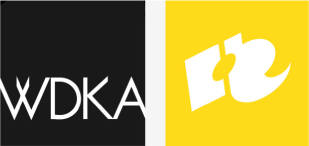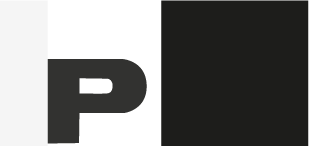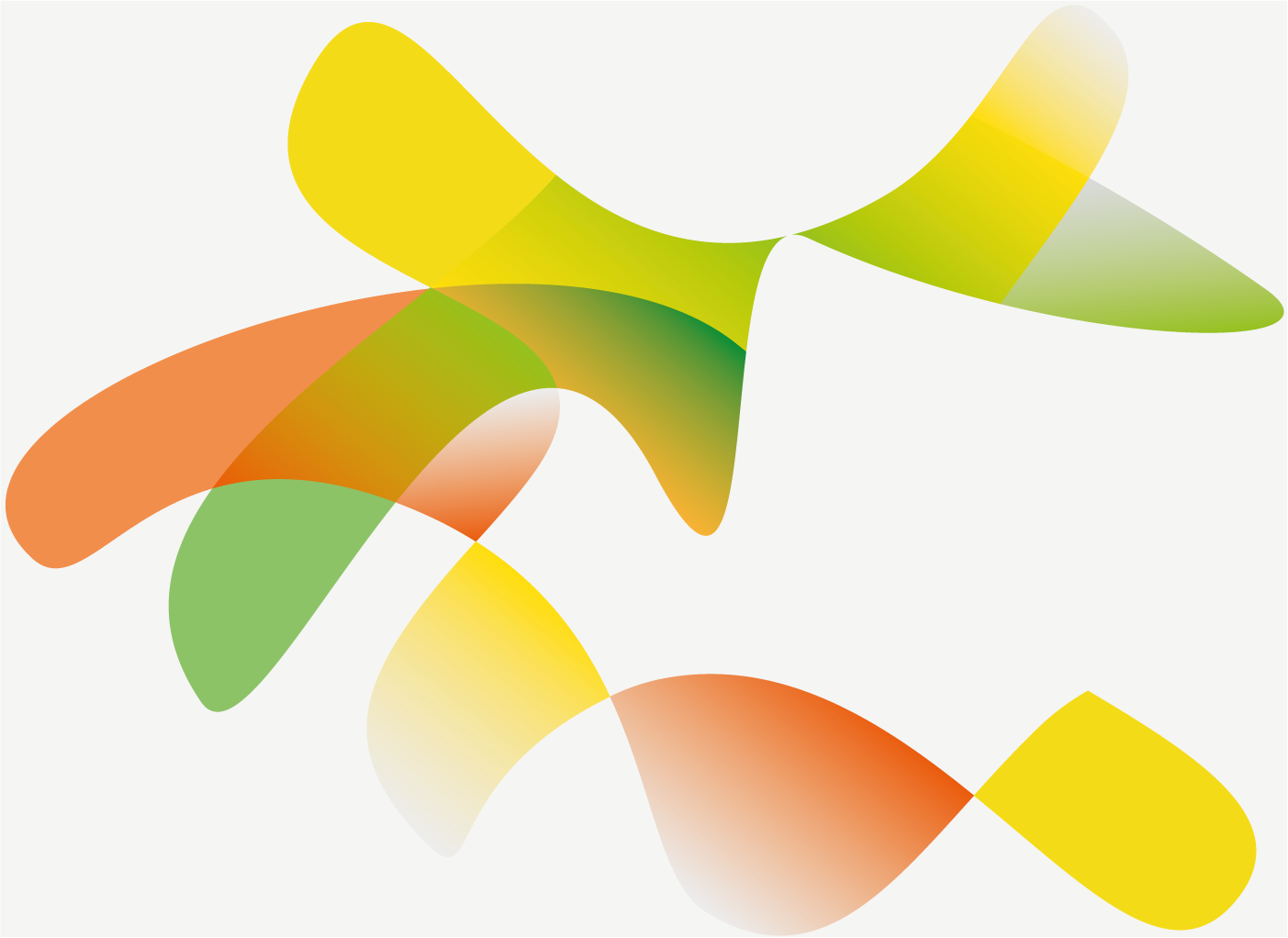The design research
What if journalism were not merely a final product by a journalist, but a shared process between people, in which collective solutions can be designed? During her design research, Alka Anna Goos explored the value of co-creation as a path toward new news journalistic services. Not based on abstract ideas about participation, but on concrete interventions and an endless curiosity about the human behind ‘the audience’ and ‘the journalist’. This resulted in an intentional, human-centered approach as a new journalistic practice.
Framework
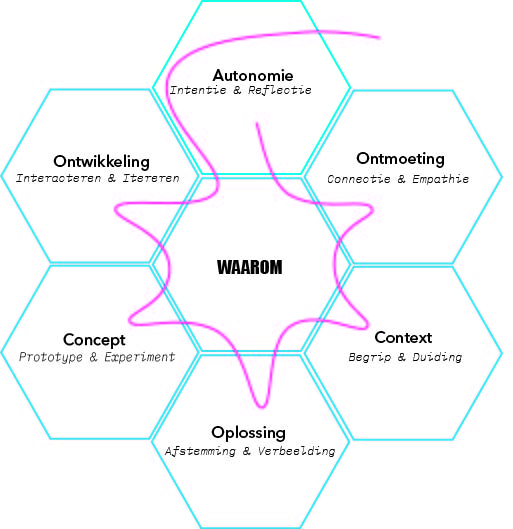
The relational framework that emerged from this research is inspired by the dynamics of human relationships and consists of six phases: Profile, Chat, Dating, Define the Relationship, LAT (Living Apart Together), and Maintain the Relationship. Each phase represents a different moment of interaction between journalist and audience; from first impressions to sustaining shared ownership.
What began as a metaphor drawn from relationship therapy evolved into a guiding design principle: journalism as a relational practice. The framework is not a step-by-step plan, but a cyclical tool that helps identify where connection is formed, where it falters, and what is needed to keep it alive. It invites empathy, vulnerability, and collaboration, creating space for journalism that is not only about people, but made with them.
What If We Tried to Understand Each Other Again?
Journalism is still too often created at a distance from its audience. Choices are made based on assumed needs or click behavior, without truly understanding the why behind actions, what touches people, how they make sense of news, and which values underpin those processes.
Starting from the hypothesis that the relationship between ‘the journalist’ and ‘the public’ has been broken by reification, she investigated how design methodologies can help transform journalism into a relational, adaptive practice. Not through user panels or click metrics, but through real encounters and co-creation sessions.
The designed six-phase journalistic framework, based on design thinking and social constructivism, in which reflection, empathy, dialogue, context, co-creation, and iteration are not linear steps, but part of a continuous cycle. Not to ‘fix’ journalism, but to create space for what journalism could become. She based her work on three key principles:
1. Both audience and journalist are human
2. Journalist and audience meet within a social context, making both part of a shared social construct
3. News is a service, not a product
Intentional and human centered
This turned audience-centricity, as it is traditionally understood in journalism, upside down. Not: what does ‘the target group’ want? But: what touches this person, at this moment, in this context? A person who is not only the one we make journalism for, but also includes the journalist themselves. That meant allowing friction, questioning stereotypes, and embracing ambiguity. Instead of broadcasting, dialogue emerged. Often messy, sometimes uncomfortable, but always meaningful. In this way, a relational perspective on journalism took shape.
Conversation pieces and mapping methods played a central role in the research. They exposed the complex dynamics that had turned two seemingly distant concepts into something human again, enabling mutual understanding. Abstract ideas were visually translated, revealing zones of tension where co-creative, solution-oriented work could begin.
The new practice
The resulting practice, on the intersection of design, journalism and society, is not a fixed recipe, but a posture: intentional, human-centered journalism. As someone who prefers to ask a question rather than claim a truth, she keeps exploring the possibilities of building journalistic services as shared design.
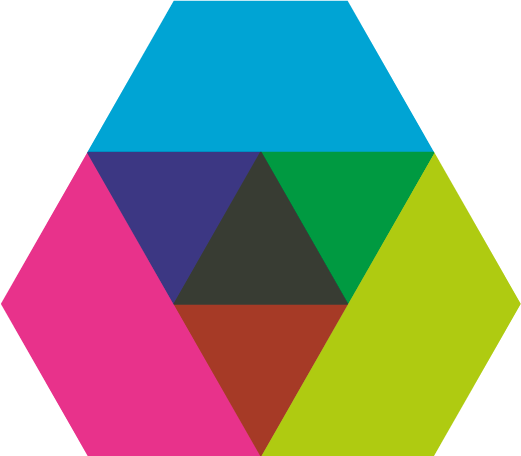
Journalism is approached as a relational service, not as an end product. She now works on projects in which journalism is designed with people, not for them, in co-creation sessions, using tools that help surface values, question assumptions, and build meaning step by step.
In her practice as a journalistic design researcher, she combines design-based inquiry with journalistic innovation. She doesn’t just investigate what we make, but why we make it, and for whom. She now focusses on implementation in existing processes in newsroom and the possibilities of designing digital newsservices before developing newsproducts.
“My aim is not to preach a solution. I just want to start the conversation on what we can do to fundamentally change journalism. Do we even dare to do it?”
Lexicon
#Journalism; A relational practice of meaning-making, in which the journalist is not merely a distributor of information but an active participant in the social fabric where stories emerge. Focused on understanding, interpreting, and connecting — not just publishing.
#Human-centered design; A design methodology that takes people’s needs, lived experiences, and perspectives as the starting point for developing journalistic forms or products.
#Social constructivism; A philosophical approach that argues our reality is shaped in relation to others; through language, interaction, and context, we co-create meaning in the world. Truth is not absolute, but arises in dialogue.
#Social construct; A shared framework of meaning or expectation, created and sustained by people; not an objective truth, but a collectively made reality.
#Public; 1. people (with maximum equality) 2. society (in its broader context) 3. the other (as in dialogue or encounter), 4. the people we work with (traditionally known as “the audience”)
#Intention; The underlying motivation or value that guides journalistic action; the why behind the choices that are made.
#Co-creation; A process in which people develop meaning or content together, with shared ownership and engagement.
#Dialogue; An open and equal exchange in which listening is as important as speaking; aimed at understanding, not convincing or defending.
#Empathy; The open and active posture of stepping into another’s experience, values, and perspectives. Not as a goal in itself, but as a starting point for dialogue and collaboration.
#Interaction; The process of mutual influence between people. Within this framework, it refers to active engagement where listening, responding, and sharing meaning are central.
#Iteration; The cyclical process of trying, testing, learning, and adapting. In intentional journalism, iteration is not just a method of optimization, but an ethic of ongoing alignment.
#Context; The social, historical, and cultural environment in which information gains meaning. In intentional journalism, context is not secondary, but a precondition for understanding.
#Reification; The reduction of people or relationships to objects or measurable units; a form of dehumanization through abstraction, distance, or automation.
#Reciprocity; A relational principle in which both parties feel seen and acknowledged. Not instrumental, but essential for connection, trust, and shared meaning-making.
The designer
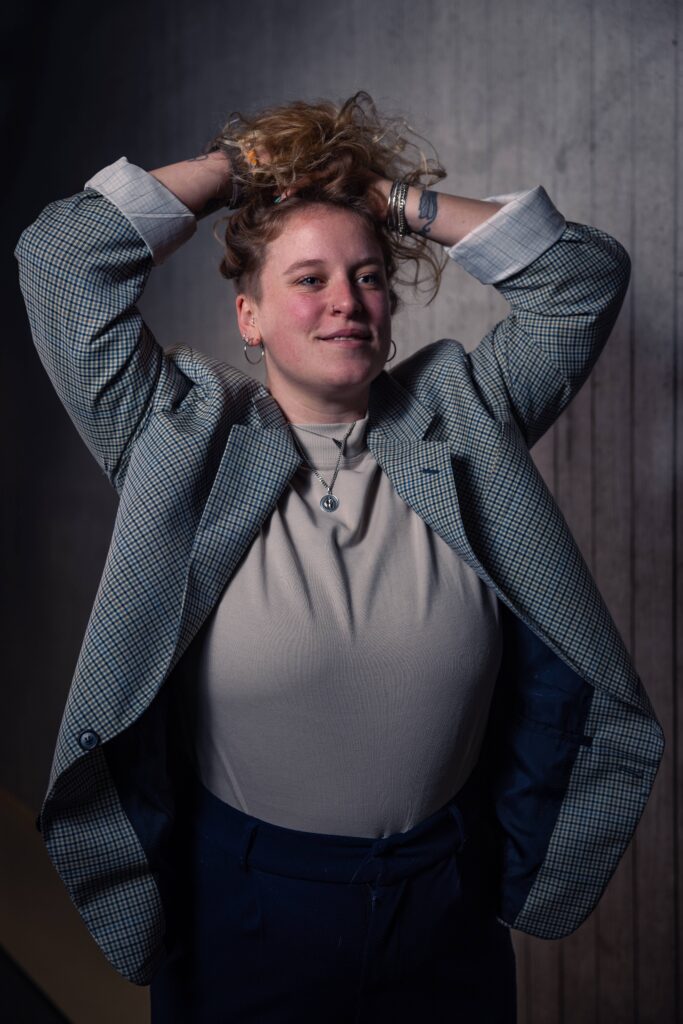
As a journalistic design researcher, working at the intersection of (service) design, (news) journalism, and society, she regularly finds herself with her hands in her hair . Puzzled, frustrated, and curious all at once. No ready-made formats, but iterative processes in which the social construct takes center stage. Alka explores how journalism can take on new meaning within a rapidly changing social landscape.
Her perspective starts from the notion that journalism is not a product, but a service emerging from a shared process. Her work is about ‘creating’ from clear intent and human connection. She invites people to slow down, question, and interact. From there, new forms of meaning-making can emerge. Finding a shared language plays an important role in this. Not just to communicate the same thing, but to connect the abstract with lived experience, create space for difference, and open up conversation.
Her approach centers on designing interventions that spark dialogue. Visualization and mapping are used as tools to deepen insights, make meaning visible, and identify patterns that support mutual understanding.
She will continue doing so in the lectorate Designing Journalism at Fontys Journalistiek.


